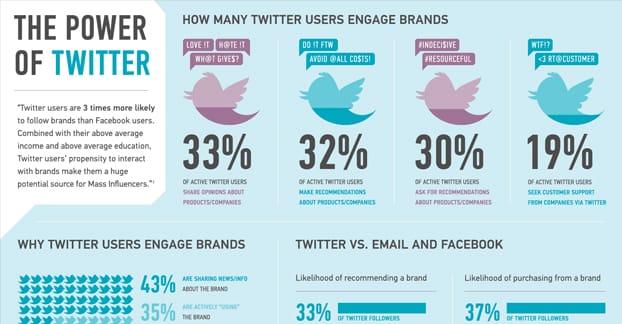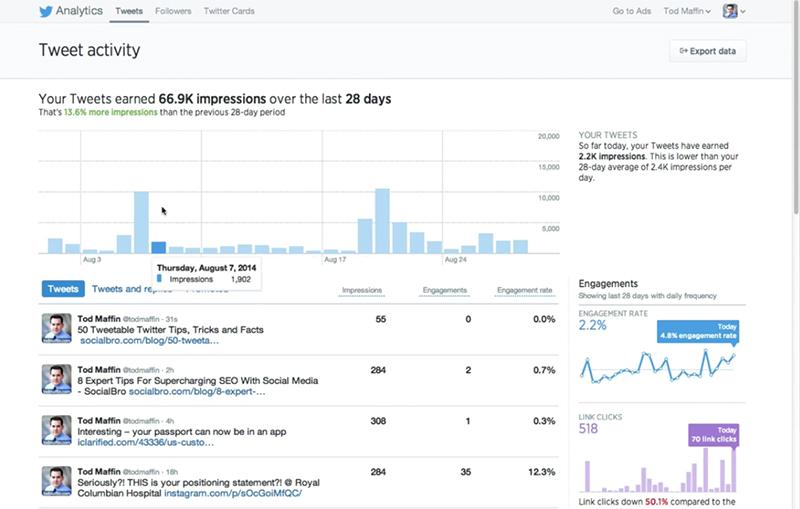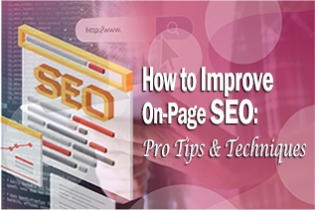
Twitter, while not as popular as Facebook and Instagram, is still considered among the most important social media networks by businesses and marketers.
On average, brands tweet 122 times a month.
Do you spend time on Twitter? Do you consider yourself an expert on Twitter marketing?
In this article, we’ll discuss some ways you can measure your performance on Twitter and see whether your Twitter marketing strategy has room for improvement.

Image - Follows
Is Engagement Going Up?
Tracking your engagement is an important way to determine how popular you are on Twitter and whether you are succeeding with your Twitter marketing campaigns. There are a few ways to track engagement on social media.
Here are some things you should look for when measuring Twitter engagement:
- How many impressions your tweets and/or profile are getting
- How many retweets you are getting
- How many likes or “hearts” your tweets are getting
- How many comments are being left on your tweets
- How many people are @ mentioning you on Twitter
- How many people are following and unfollowing you
There are a number of tools you can use to track your engagement. Twitter itself will provide some data, but you can also use some good tools to gain a deeper insight into your Twitter stats.
In general, you want your engagement rates to surge. If they are going down or remaining stagnant, it is time to rethink your Twitter marketing strategy.

Brand Awareness and Health
Is your Twitter campaign contributing to increased brand visibility and better brand awareness? Brand awareness plays an important role in your overall success.
Did you know that 45 percent of a brand’s image can be attributed to what it says and how it says it? It’s not just about the quality of your products and customer service.
This means that you have to be careful about what you are posting on Twitter and the tone of voice you are using on Twitter.
Twitter marketing shouldn’t just be about promoting products and links to your blog posts; you should use it to establish a personal connection with your fans and give them a voice.
Social media content strategy is different to what you do on other channels. Here are some ideas of content you can post that will help build your brand and authority and engage your followers:
- Interesting news developments in your industry
- Special discounts and promotions
- Engaging questions about matters that concern your target audience
- Humorous memes or GIFs
- Sneak peeks into your business or team
- Short image or video previews into upcoming products
- Live videos (use Periscope for live streaming)
Try to shy away from political or controversial topics that can alienate part of your user base.
What Kind of Traffic and Leads Are You Getting?
If your goal is to use Twitter to drive traffic and conversions, make sure that you take that into account when analyzing your Twitter performance. It’s not just about how much traffic you get, but the quality of that traffic.
Use Google Analytics to see how much traffic is coming from Twitter, which pages are being visited from Twitter, and how long those people are actually staying on your site.
When running ads, you can use the Twitter Pixel or a third-party tracking service to help you track your leads and sales.
Is Your ROI Satisfactory?
At the end of the day, what matters most is whether you are generating a positive return on investment from your Twitter marketing campaigns.
Likes, hearts, retweets, @ mentions, etc are all just building blocks to growing your business financially.
Take a hard look at your Twitter advertising campaigns and see whether the results that you are getting are satisfactory. See which campaigns can be improved upon and which should be deleted and left behind.
Use split-testing to test out different campaigns and maximize your revenue and profits.
Are You Listening To and Connecting With Your Followers?
Twitter is a great tool for staying on top of the current market pulse. It allows to “tune in” to what your customer base or target audience is talking about and understand what their concerns are.
By monitoring what people are tweeting about, especially when they @ mention you, you can figure out what your customers really want.
Read through comment threads and arguments to see what people are discussing.
A great way to monitor the pulse of your industry is by tracking specific hashtags. There are a number of great free tools which you can use to track and analyze Twitter hashtags which give complete insights.
Another thing you should take a second look at is how you use Twitter for customer service.
When people @ mention you with a question or complaint, do you respond to them immediately and send them a private message to resolve the issue?
Today, many businesses rely on social influencers to gain marketing benefits. However, how to become an influencer isn’t a complex question anymore.
They all do the above activities when they begin. The only difference is the intensity and passion to continue which makes them the expert in the domain over time.
Are You Setting the Right Goals?
It goes without saying that you need to be setting goals when creating Twitter marketing campaigns. However, not all goals are created equal.
Let’s take a look at some things you should be thinking about when setting goals for your general Twitter strategy or for a specific Twitter advertising campaign:
- Specific: Your goals should be specific and not too broad.
- Actionable: Plan out steps that you can take to achieve those goals.
- Realistic: Don’t aim for something that is extremely difficult to achieve or is unrealistic.
- Time-specific: You want to set goals that aim for an outcome before a specific time. When you have a due date, you will procrastinate less.
- Profitable: Don’t just aim for more followers or likes. Your goals should include increasing your sales, revenue, and profits.
- Aligned: Make sure your Twitter goals are aligned with your general marketing goals.
- Measurable: Your goals have to be measurable.
You can use KPIs, or Key Performance Indicators, to measure your Twitter results. When setting goals, should determine which KPIs you will use to help you track your success.
Your KPIs can include:
- Impressions
- Likes
- Retweets
- Followers
- @ mentions
- Comments
- Clicks
- Traffic count
- Leads
- Sales
Assign values to your KPIs as well.
For example, you can assign values to each lead or sale based on how many leads convert into customers or how many first-time customers turn into lifelong recurring customers.

Use Free Tools
There are plenty of tools that you can use to analyze your Twitter data and stats. Here are some examples:
- Hootsuite
- Sprout Social
- Simply Measured
- Keyhole
- Twitter Analytics
Wrapping It Up
Over 325 million people use Twitter each month. You naturally can’t ignore it’s potential given this huge number.
By using the above points to improve your Twitter marketing strategy, you can tap into a large audience and expand your customer base.








